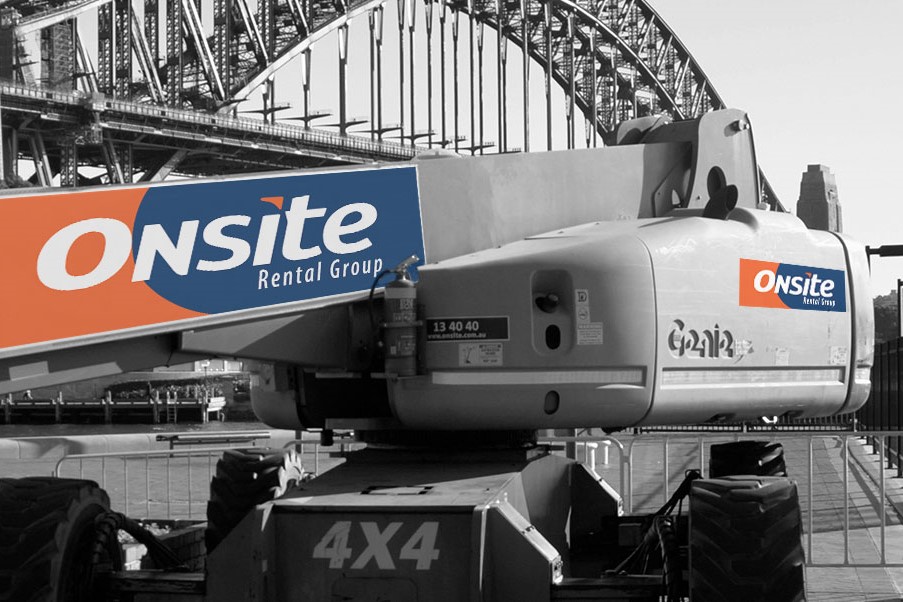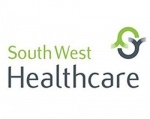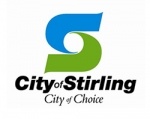
Your business might be losing money without even knowing it. Not through poor investment decisions or mismanagement, but through outdated accounts payable (AP) practices. While the impact may seem subtle at first, inefficiencies in AP can quickly drain valuable resources, hinder growth and undermine financial stability.
In this post, we’ll uncover the hidden costs of manual AP processes and how automation can help your business save money, reduce risk and operate more efficiently.
1. The True Cost of Manual Data Entry and Invoice Processing
Time Wasted on Manual Tasks
For most businesses, manual data entry is one of the most time-consuming aspects of the AP process. Finance teams spend hours entering invoice details, matching purchase orders and verifying information. This time could be better spent on more strategic tasks, like analysing trends or making critical financial decisions.
Opportunity Cost
These inefficiencies present a significant opportunity cost. While your team is bogged down by routine administrative tasks, they miss opportunities to contribute to the business's strategic growth and performance.
2. The Impact on Vendor Relationships and Supplier Discounts
Late Payments and Missed Discounts
Manual AP processes increase the risk of late payments, misplaced invoices or missed approvals. These delays result in missed early payment discounts, which could otherwise help you save money. Over time, these missed opportunities can add up significantly.
Strained Supplier Relationships
Inconsistent AP processes lead to strained relationships with suppliers. Vendors may grow frustrated with late payments, errors or poor communication, which can affect your ability to negotiate better terms or prioritise your orders.
3. Errors, Risks and Financial Exposure
Human Errors
Even the best finance teams are prone to human error. Manual AP processes can lead to costly mistakes like duplicate payments, incorrect amounts or forgotten approvals. These errors impact your cash flow and undermine the integrity of your financial operations.
Increased Fraud Risk
Manual AP systems are more vulnerable to fraud due to the lack of automated checks. Without AI-powered systems to detect unusual patterns, such as duplicate invoices or overcharges, your business is exposed to greater financial risks.
4. The Hidden Administrative Costs
Storage and Paperwork
In manual AP processes, companies often rely on paper records and physical storage systems to track invoices and purchase orders. This leads to high administrative costs, including the space needed for paper files and the time spent managing physical records.
Compliance and Auditing Costs
Manual AP makes it harder to maintain an organised, compliant system. When it’s time for audits or regulatory reviews, poorly organised records can lead to delays, mistakes and additional administrative costs. These inefficiencies can also result in fines or penalties.
5. The Cost of Lost Visibility and Poor Decision-Making
Lack of Real-Time Data
Manual AP processes struggle to provide accurate, real-time data. Delayed updates and outdated information make it harder to gain the financial visibility needed for making informed decisions on cash flow, spending trends and upcoming payments.
Inaccurate Forecasting and Budgeting
This lack of visibility leads to inaccurate cash flow forecasting and poor budgeting. Missing or incorrect data can lead to cash shortages or overspending, affecting your business’s financial health and ability to plan for the future.
6. How AP Automation Solves These Hidden Costs
Efficiency Gains
Automating your AP processes eliminates time-consuming manual tasks, freeing up your finance team for higher-value activities. With automation, invoices are processed quickly, approvals are streamlined and payments are made on time, reducing administrative overhead.
Improved Vendor Relationships
Automated AP ensures timely, accurate payments and enhances communication with suppliers. With fewer errors and faster processing, you strengthen supplier relationships, which can result in better payment terms and more favorable contracts.
Enhanced Accuracy and Fraud Prevention
Automation reduces human error and flags potential fraud, such as duplicate invoices or unusual payment requests. This increases your business’s financial accuracy and protects against costly mistakes or fraudulent activities.
Increased Visibility and Smarter Decisions
Real-time data and advanced reporting features in automated AP systems give you full visibility into your financials. With this data at your fingertips, your business can make more informed decisions and ensure that cash flow, budgeting and forecasting are as accurate as possible.
Conclusion
Manual AP processes often go unnoticed until their impact becomes too significant to ignore. While they may seem like small inefficiencies, the cumulative effect of wasted time, missed opportunities, and increased risks can hinder your business’s financial health.
Switching to AP automation isn’t just about saving time—it’s about unlocking the potential for smarter, more efficient operations. Automation addresses the hidden costs of manual AP, from reducing errors to improving cash flow forecasting and supplier relationships. By embracing automation, your business can stay ahead of the curve and position itself for long-term financial stability.
LEARN MORE
START THE CONVERSATION
Contact us today to discover how automation can drive efficiency and innovation across your operations. Our experts are ready to guide you through the next steps.
FOLLOW US ON SOCIAL MEDIA
























